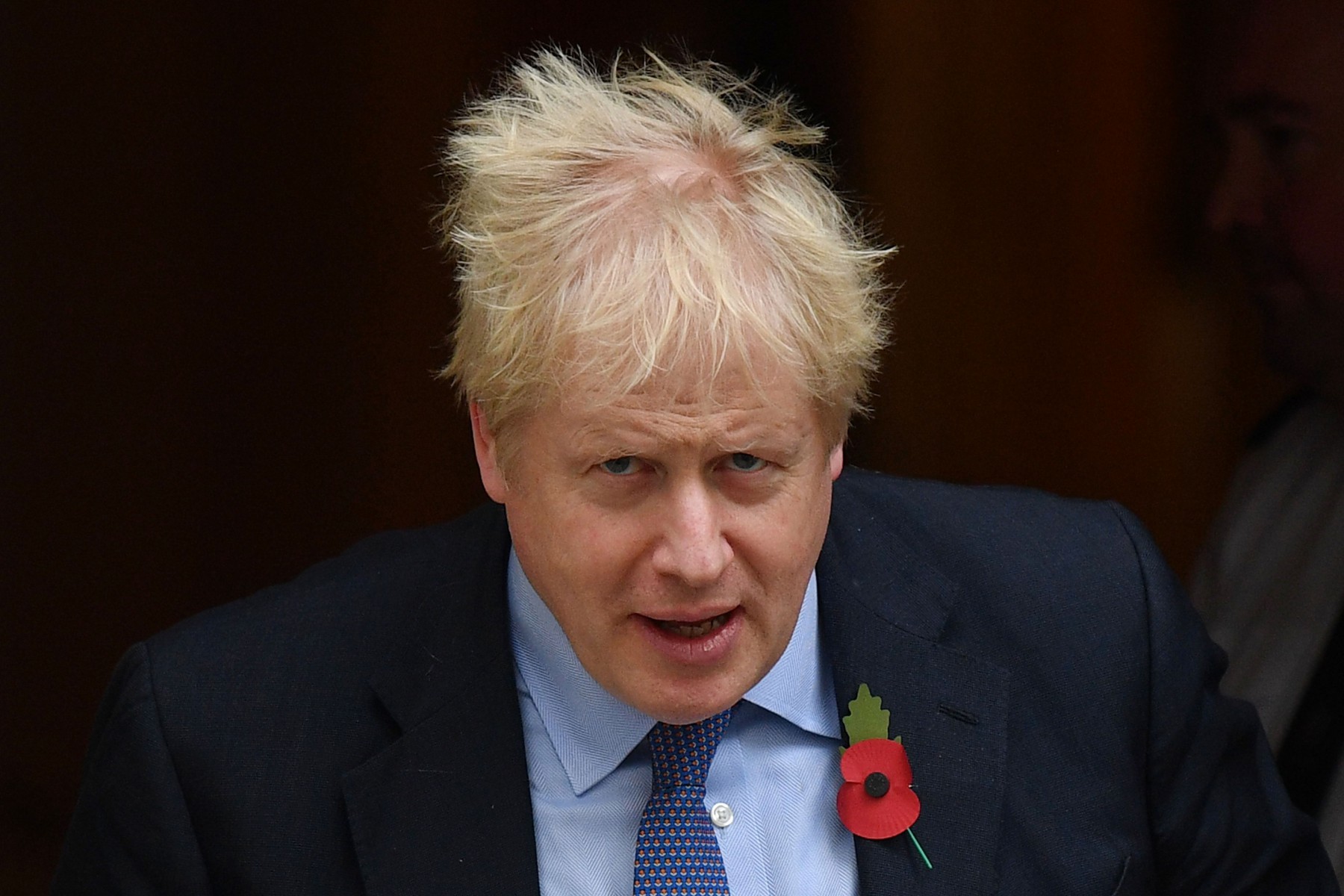WITH a general election now on the cards, exit poll results are used to give an indication of what the final outcome of the election could be.
But how do they work and have there ever been any errors made in the past?
What is an exit poll?
It was announced yesterday that Boris’s plan for a general election was finally given the green light.
This means there will be an exit poll, which is a survey of a small proportion of voters leaving polling stations across the UK.
Researchers askwhich party the individualvoted for, as well as their age, race and gender.
The form is completed anonymously and placed in a ballot box.
It is primarily used to calculate turnout and electoral swing – the extent of change in voter support compared to the previous election.
Data can’t be released before the polls have closed.

Boris was fourth time lucky when Parliament finally agreed to a general election
Are they accurate?
Due to only a small sample of voters filling out questionnaires, those doing so are likely to be younger, so this may skewer results.
Also, voters head to the polls at different times so a single exit poll may not give a true reflection of the overall outlook of the national vote.
However, pollsters tend to return to the same polling stations at the same times at each election.
And by comparing these results it is possible to work out how voting has changed in that particular constituency.
Have there been any issues?
A famous example of an election poll error happened in 1992.
Two exit polls predicted a hung parliament – but the actual vote revealed the Tory government under John Major held their position.
Investigations later revealed a number of causes that led to the miscalculation – including the shy Tory factor and inadequate demographic data.








